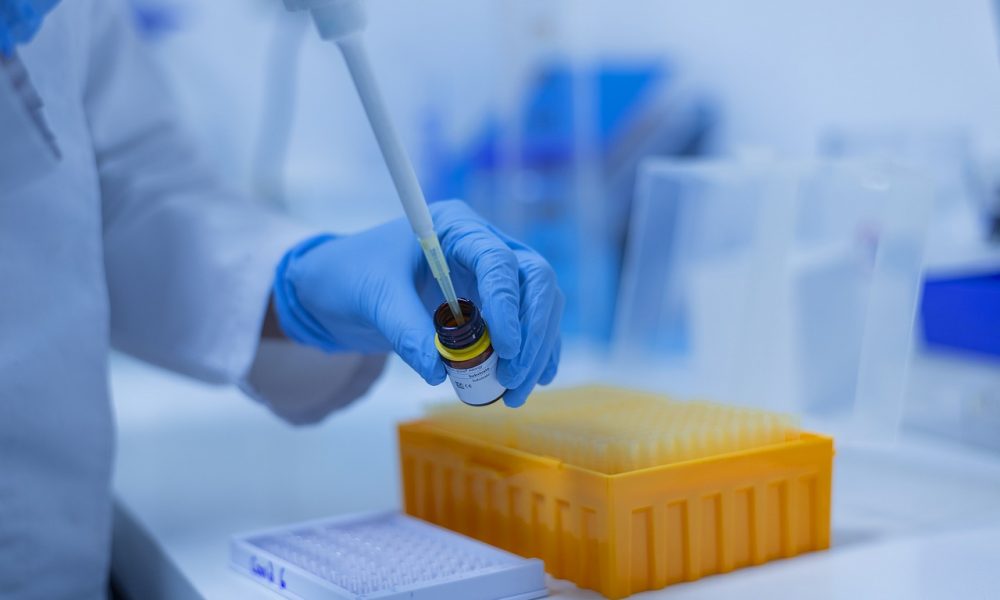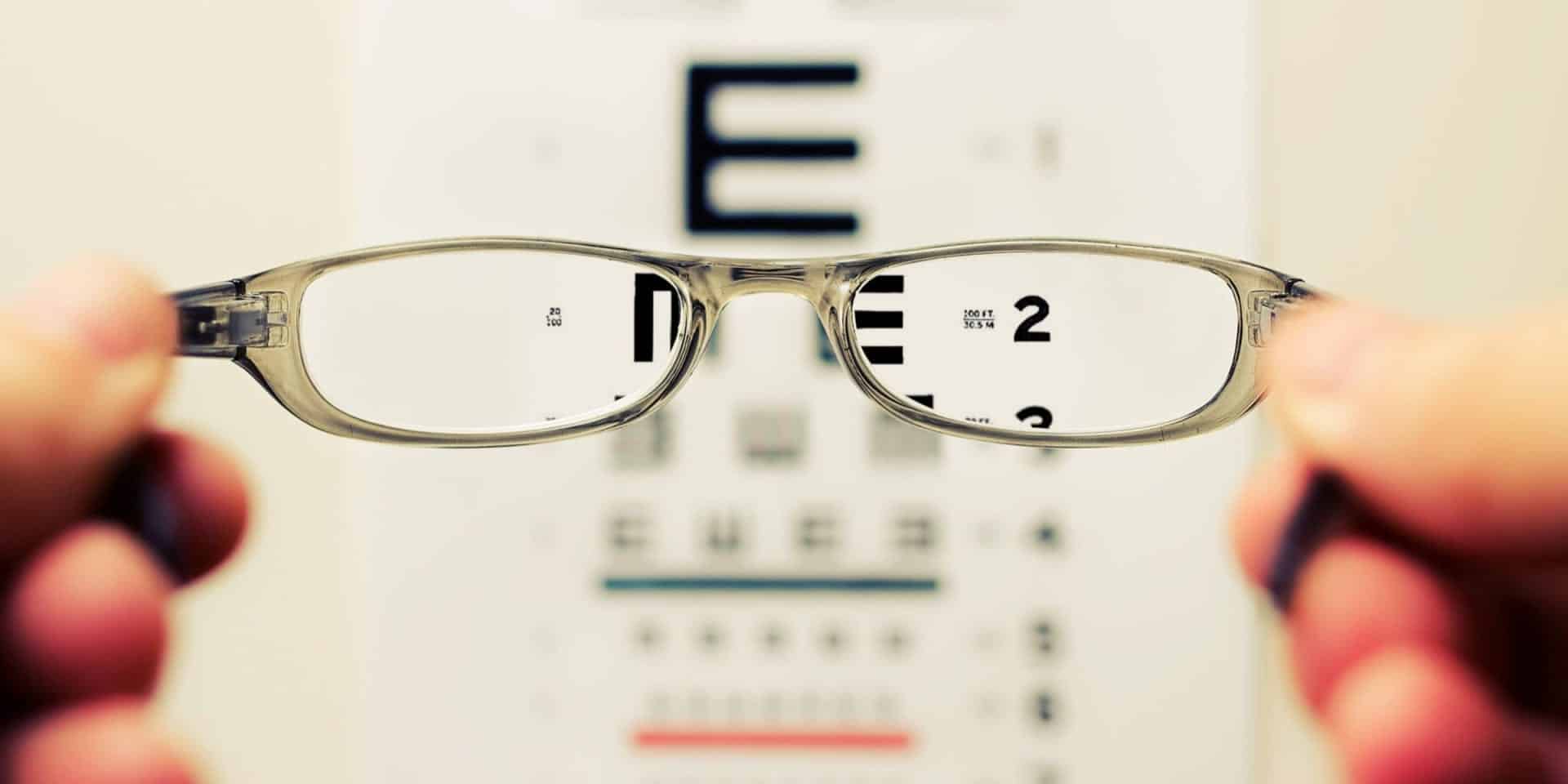The Role of Clinical Diagnostic Centres
Clinical Diagnostic Centres are vital hubs in the healthcare system, offering a range of tests and services that aid in the diagnosis and treatment of various medical conditions. These centres play a crucial role in patient care, ensuring accurate and timely diagnostic information. In this article, we will explore the key components that make up a comprehensive clinical diagnostic centre.
1: State-of-the-Art Laboratory Facilities
Diagnostic Imaging
Clinical diagnostic centres are equipped with advanced imaging technologies such as X-ray, MRI, CT scans, ultrasound, and mammography to visualize and diagnose various medical conditions.
Pathology Labs
Pathology services include the analysis of blood, tissue, and other samples to identify diseases and provide essential information for treatment.
2: A Highly Skilled Team of Healthcare Professionals
Medical Technologists
Medical technologists or clinical laboratory scientists are trained professionals responsible for conducting and interpreting various diagnostic tests.
Radiologic Technologists
These professionals are skilled in performing imaging procedures and ensuring patient safety during diagnostic tests.
3: A Comprehensive Range of Diagnostic Tests and Services
Blood Tests
Clinical diagnostic centres offer a wide range of blood tests, including complete blood counts (CBC), lipid profiles, and blood chemistry panels.
Imaging Services
From X-rays and ultrasounds to more advanced scans like MRI and CT, comprehensive imaging services are a crucial part of clinical diagnostic centres.
Genetic Testing
Genetic testing is increasingly important for diagnosing inherited conditions and assessing an individual’s risk for certain diseases.
4: Convenient and Patient-Centric Approach
Timely Appointments
A comprehensive clinical diagnostic centre ensures patients have access to timely appointments and efficient diagnostic services.
Comprehensive Reporting
Detailed and easy-to-understand diagnostic reports are essential, allowing both healthcare providers and patients to make informed decisions.
5: Accessible Locations and Hours
Multiple Centres
Many clinical diagnostic centres have multiple locations to ensure accessibility for patients across a region.
Extended Hours
Some centres offer extended hours, including weekends, to accommodate the diverse needs of patients.
6: Integration with Healthcare Providers
Communication
Clinical diagnostic centres collaborate closely with healthcare providers to ensure seamless communication of results and to assist in diagnosis and treatment planning.
Electronic Health Records (EHR)
EHR integration streamlines the sharing of patient data, ensuring that healthcare providers have the most up-to-date diagnostic information.
7: Health Insurance Coordination
Insurance Networks
Clinical diagnostic centres often work with a variety of health insurance networks to help patients maximize their coverage.
Billing and Reimbursement
Centres provide support with insurance claims, ensuring patients receive accurate billing and reimbursement.
Conclusion: The Backbone of Diagnostic Medicine
Comprehensive clinical diagnostic centres are the backbone of modern medicine, offering a wide range of diagnostic tests and services that aid in the accurate diagnosis and treatment of medical conditions. With state-of-the-art technology, a skilled team of professionals, and a patient-centric approach, these centres play a crucial role in the healthcare ecosystem. By collaborating with healthcare providers, offering accessible locations and hours, and facilitating insurance coordination, they ensure that patients receive the best possible care while optimizing the diagnostic process.




